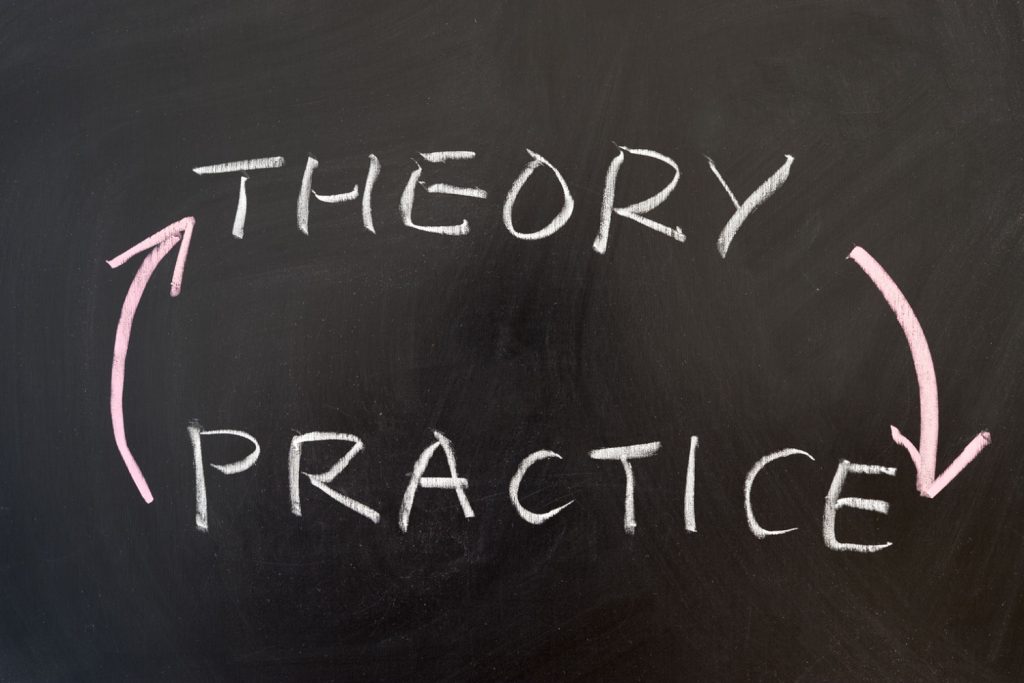
Is your mind separate from your body? Do you have a feeling of twoness, or is your mind part of your body, or is your mind in control of your body? This seems intuitive to most of us, but most appeals to modern science refute this. The mind is made up of neurons, synapses, and chemical compounds, in other words, matter, and so is the mind-body divide simply and illusion.
Affect theory is part of an attempt to overcome this duality, synthesising the body and the mind. The idea of affects has a history that goes back to the Dutch philosopher Spinoza’s ethics, published in 1677. Still, the affective turn, a more thorough engagement with what affects are came in the mid-nineties from Canadian philosopher Brian Massumi and American critic Eve Sedwick.
Affect theory can be seen as a move away from the linguistic turn of the mid-20th century. Central to this was the idea that language was the primary way we understand the world. An engagement with how language constructs, used and changed should be fundamental to theories about human nature or social institutions.
Affect theory might be seen as bringing biology, the material world, and the body back into the picture and uniting scientific and social ideas. We might think about how we suppose that the mind and body interact.
At its simplest, the body sends signals to the mind through its senses, its sensations. To borrow a few terms from affect theorists’, affects are like forces. They are before intentions. They are autonomic; they are pre-subjective; they are visceral. They are the intensities that move us.
Affects are a way of theorising about the social forces that we encounter that might trigger the body to respond in a certain way.
For the philosopher Massumi, affect proceeds emotional state; affect is not a personal feeling, he writes, affect is a non-conscious experience of intensity. They cannot be fully realised in language because affect is always prior to or outside of consciousness.
We are affected by things touching us, by seeing things, by smelling things, and by hearing things. They’re like the inputs into the body.
In the introduction to one of the foundational texts on affect theory parables for the virtual, Massumi writes that when I think of my body and ask what it does to earn that name, two things stand out, it moves, it feels. The book examines the ramifications of this simple observation that the body’s movement produces changes in the world.
Our actions influence other bodies. The eardrum, for example, is affected by vibrations in the air. A wall affects our body by stopping its progress. Culturally, words and barriers affect us producing possibilities and limitations.
In turn, we produce our own words and barriers that affect other bodies and potentially their minds.
How we affect and are affected must be culturally mediated to make sense of the world. We must have shared expectations of where barriers go and what words mean, what are morals, politeness and norms and politics are.
Everything affects us in a certain way. One consequence of thinking like this is that it leaves the mind as a slave to outside forces, we are interpolated subjects. That means we are constructed, produced to find in a certain way by parties outside of ourselves.
The question for many affect theorists is how do we bring change and potential back into the picture?
Massumi asks, does a body perform its way out of a definitional framework that is not only responsible for its very construction but seems to prescript every possible signifying and counter-signifying move as a selection from a repertoire of possible permutations on a limited set of predetermined terms.
The way out of this is to conceive of the actual material world and abstract ideas or minds as the same thing. So, the French thinker Gilles Deleuze calls ‘real but not actual, ideal but not abstract, think of them as part of each other’.
Take the movement of the arm and the hand. It’s real; it’s material, it’s bodily, it’s matter. It is affected in specific ways, but in every movement and moment, it also has abstract possibilities. It has several positions it can move to. It might hit a wall and be limited. It’s also defined by cultural abstractions, wedding rings, gestures, and how words are written.
The material in the world is never just matter. It’s always something more; it always has potential in it. All these things are part of the potentiality of the hand. It’s real but abstract. It’s body and mind at the same time.
Traditionally, when we think abstractly, we might come up with ideas. For example, national identity is liberalism, is this plant, is, implies stability—something frozen in time. But if we think of how the hand is both material and abstract, then abstract ideas must also be material and must imply concrete movements and possibilities.
National identity can, liberalism can, and plants can. We must combine the abstract and the material. Massumi argues that abstraction and matter are the same and that matter is always in movement. We should start with the process rather than coding.
The way you start theorising about things like national identity and liberalism, there’s huge consequences for how we think about them and how the ideas proliferate into other disciplines, into journalism, into the news, into schools and how change itself occurs.
Everything that affects us materially presupposes a range of possibilities, and every opportunity presupposes a range of affects.
Massumi argues that instead of the duality of nature-culture or mind-body, nature-nurture, we need a continuum of each.
We don’t need social construction; we need social production, so fundamentally, for Massumi affect theory is a way to think about ideas and matter simultaneously. Every position of matter, space, and time presumes a range of abstract possibilities.
And the title of the book refers to Deleuze Key Concept of the Virtual.
In the book Touching Feeling Eve Sedwick begins by almost reversing Massumi’s starting point. Sedwick also thinks of affect theory as overcoming the dualistic divide between mind and body but starts by looking at how we’re affected by language.
Sedwick begins with a discussion on performative utterances, a concept by the philosopher of language J L Austin, that argues that language doesn’t just describe the world but also creates the world.
Phrases like the chair is red, are different to utterances like, I promise, I name, or I give to you. The latter does something; the language itself affects the world, and it creates something.
Philosopher Judith Butler famously applied performative utterances to gender, arguing that gender itself was performed and constructed and affected the world. A woman does X, or a woman should behave in Z way, have the appearance of describing what a person thinks or some authentic reality they believe in.
But these utterances construct, produce and perform gender; they are affective. The language used in the news, in politics, in books, both the words themselves and the structural way that they are used creates who we are, create our identities, utterances affects, language codes, and norm; they all have the affect of constructing subject in one way and automatically excluding and repressing others. But they produce, rather than eliminate, they disguise themselves as natural, giving the appearance of being voluntary.
This doesn’t mean that’s all we are though. If we apply Massumi’s logic of the arm and hand being real but abstract, having possibilities in every moment, then language has several opportunities confined within each consideration.
We reconstruct, reorganise, and untap the potential within these utterances. Repeating something you read in a newspaper is an excellent example of this. It’s not saying you can’t have another opinion; it’s just saying, here’s an argument for you to repeat. It affects you; it moves your lips.
Sedwick wants to apply this logic to objects and language, like the hand that is always more than what it is, as Sedwick invokes material texture, that’s also more than what it is.
Textures have a context; they invoke softness or safety, hardness or danger, textures also have a history, fashion and clothing have a history. Jumpers invoke warmness, fires, comfort, the way we experience materials in the world, say more than what they appear to on the surface.
Affect theory is still in its infancy, and in many ways, and especially for Massumi and Sedwick, thinking about affect is as much exploration, an experiment, a literary pursuit as it’s a definable theory, but importantly, it’s about bringing movement into theory.
Moving away from simply thinking about language and social construction to major themes of humanities departments for a few decades now, it’s important to think about fluidity, motion material, biology language, and how our bodies and minds are both moved and move.




